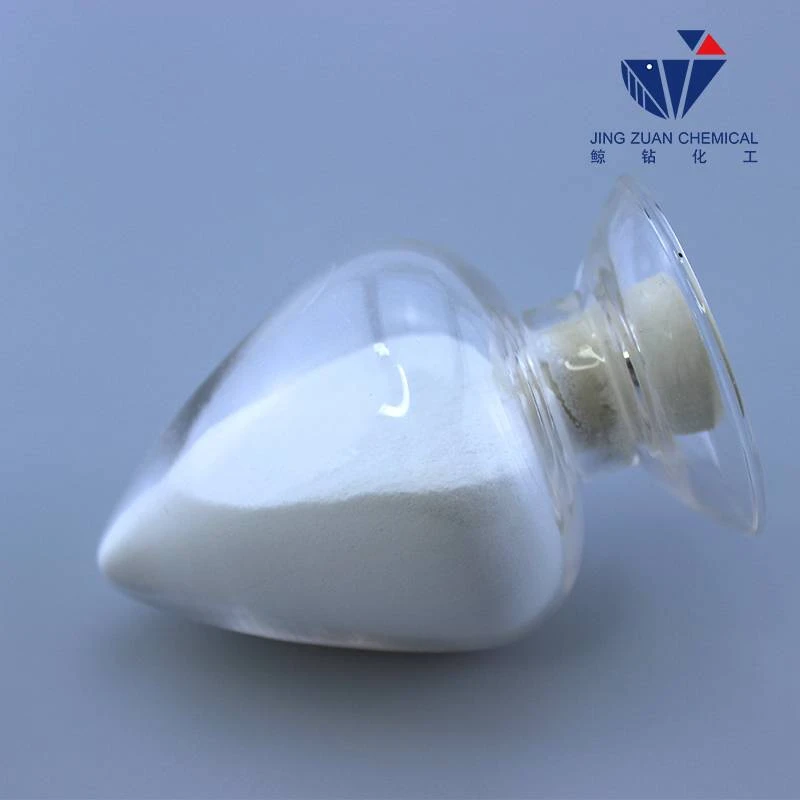
Dec . 12, 2024 12:23 Back to list
hydroxypropyl methylcellulose
Hydroxypropyl Methylcellulose An Overview
Hydroxypropyl methylcellulose (HPMC) is a versatile and widely used polymer derived from cellulose, a natural polymer found in the cell walls of plants. Due to its unique properties, HPMC has found applications across various industries, including pharmaceuticals, food processing, construction, and cosmetics. This article aims to explore the characteristics, applications, and benefits of HPMC, emphasizing its significance in modern technology and daily life.
What is Hydroxypropyl Methylcellulose?
HPMC is a non-ionic cellulose ether that is produced by the reaction of cellulose with propylene oxide and methyl chloride. It is a white, odorless powder that is soluble in hot or cold water, forming a viscous solution. The degree of substitution of hydroxypropyl and methyl groups affects its solubility, viscosity, and other physical properties. This adaptability makes HPMC suitable for various formulations and uses.
Properties of HPMC
HPMC possesses numerous attributes that make it an attractive option for manufacturers
. Its primary properties include1. Water Solubility HPMC readily dissolves in water, making it ideal for formulating gels, creams, and solutions. 2. Thickening Agent It acts as a thickening agent, enhancing the viscosity of solutions without altering their appearance. 3. Film-Forming Ability HPMC can form a flexible, smooth film when dried, which is useful in coatings. 4. Stabilization It helps stabilize emulsions and foams, preventing phase separation in products such as sauces and cosmetic creams. 5. Biocompatibility HPMC is non-toxic and compatible with a variety of substances, making it a popular choice in pharmaceuticals and food products.
Applications of HPMC
Given its range of properties, HPMC is employed in several industries
hydroxypropyl methylcellulose

1. Pharmaceuticals In the pharmaceutical industry, HPMC is used in tablet formulations, acting as a binder, film-coating agent, and controlled-release polymer. It aids in the formation of sustained-release tablets that allow for gradual drug release over time, improving therapeutic effects and patient compliance.
2. Food Industry HPMC is often used in food as a thickening agent, emulsifier, and stabilizer. It can maintain texture in low-fat foods and improve the mouthfeel of products like sauces, ice cream, and salad dressings.
3. Construction In the construction industry, HPMC is incorporated into tile adhesives, dry mortars, and plasters. It enhances water retention, workability, and adhesion, allowing for improved performance of construction materials.
4. Cosmetics and Personal Care HPMC is a common ingredient in skincare products and cosmetics, where it serves as a thickener, stabilizer, and film-forming agent. It helps create smooth, easy-to-apply formulations, enhancing the user experience.
Benefits of HPMC
The use of HPMC offers several advantages, including
- Versatility HPMC can be tailored for various applications based on its viscosity and solubility, making it a go-to ingredient across multiple sectors. - Safety Being a non-toxic and biocompatible substance, HPMC is safe for use in food and pharmaceuticals, minimizing health risks. - Performance Enhancement Its exceptional stabilizing and thickening properties enhance the performance and stability of formulations, which can lead to improved end-user satisfaction.
Conclusion
Hydroxypropyl methylcellulose is a remarkable substance that plays a crucial role in various industries, thanks to its diverse properties and applications. Whether in pharmaceuticals, food, construction, or cosmetics, HPMC continues to support innovation and development, demonstrating its importance in modern technology and everyday life. As research progresses, the potential for HPMC applications will likely expand, paving the way for even more remarkable advancements.
-
Versatile Hpmc Uses in Different Industries
NewsJun.19,2025
-
Redispersible Powder's Role in Enhancing Durability of Construction Products
NewsJun.19,2025
-
Hydroxyethyl Cellulose Applications Driving Green Industrial Processes
NewsJun.19,2025
-
Exploring Different Redispersible Polymer Powder
NewsJun.19,2025
-
Choosing the Right Mortar Bonding Agent
NewsJun.19,2025
-
Applications and Significance of China Hpmc in Modern Industries
NewsJun.19,2025







